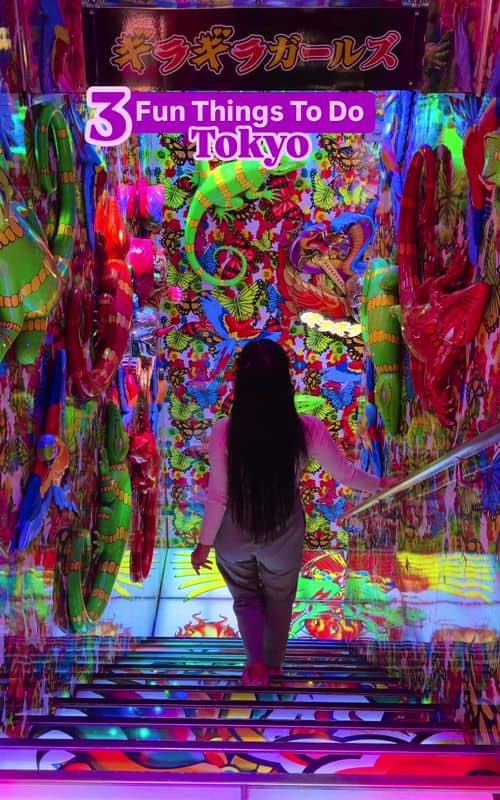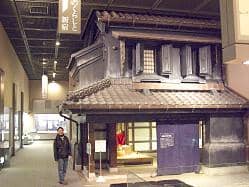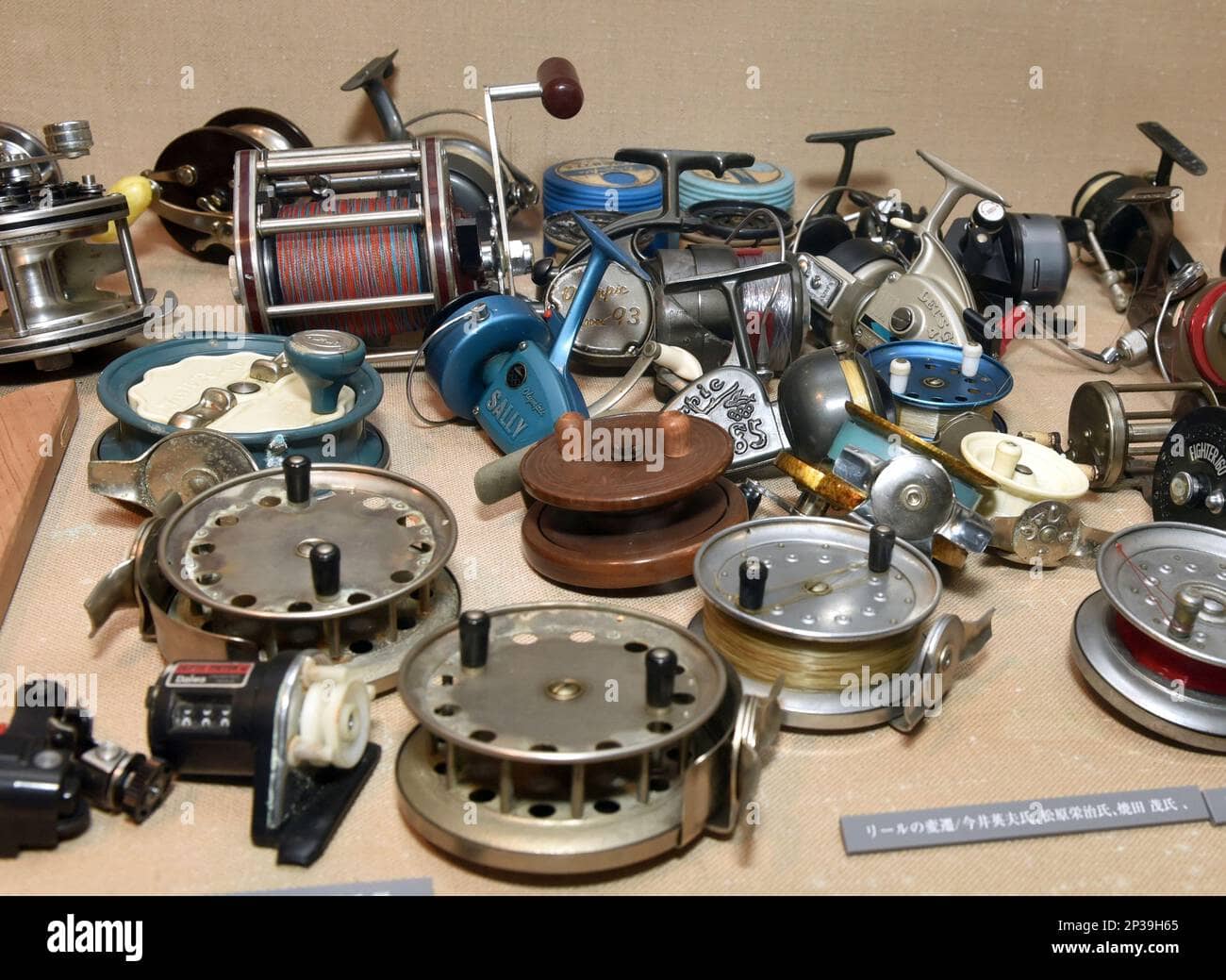Shinjuku Historical Museum
Discover Shinjuku's rich past through local history, traditional houses, and captivating photo exhibits.

Highlights
Must-see attractions

Social
From TikTok & Reddit
Best Time
Fewer crowds, more relaxed viewing
Shinjuku Historical Museum
Best Time
Fewer crowds, more relaxed viewing

Highlights
Must-see attractions
Discover Shinjuku's rich past through local history, traditional houses, and captivating photo exhibits.
"A meaningful, affordable dive into Shinjuku's history with engaging traditional house exhibits."
Bring Yen for Entry
Tickets are a steal at 300 yen! Cash is preferred. :yen:
English Leaflets Available
Don't let the Japanese text deter you; English info sheets are provided. :book:
Highlights
Discover the most iconic attractions and experiences

Traditional Houses & Artifacts
Exhibition Hall
Step back in time by entering traditional Japanese houses and exploring artifacts from daily life.

Past vs. Present Photo Exhibit
Exhibition Hall
See striking comparisons of Shinjuku's transformation through historical and modern photographs.

20th Century Tokyo Documentary
Auditorium
A captivating film detailing Tokyo's 20th-century history, including its relationship with America.
Plans like a pro.
Thinks like you
Planning Your Visit
Embrace the Local Vibe
Affordable Immersion
Best Times
Insider Tips
from TikTok, Instagram & Reddit
Bring Yen for Entry
Tickets are a steal at 300 yen! Cash is preferred. :yen:
English Leaflets Available
Don't let the Japanese text deter you; English info sheets are provided. :book:
Coin Lockers Onsite
Secure your belongings with coin lockers (deposit returned). :lock:
Combine with Shinjuku Exploration
Perfectly complements a day exploring Shinjuku's modern sights. :city_sunrise:
Tips
from all over the internet
Bring Yen for Entry
Tickets are a steal at 300 yen! Cash is preferred. :yen:
English Leaflets Available
Don't let the Japanese text deter you; English info sheets are provided. :book:
Coin Lockers Onsite
Secure your belongings with coin lockers (deposit returned). :lock:
Combine with Shinjuku Exploration
Perfectly complements a day exploring Shinjuku's modern sights. :city_sunrise:
What Travellers Say
Reviews Summary
Visitors praise the Shinjuku Historical Museum for its affordable entry and insightful look into local history, particularly the engaging traditional house exhibits and past-vs-present photo displays. While primarily in Japanese, English leaflets enhance accessibility. It's a meaningful, uncrowded experience for those seeking a deeper understanding of Shinjuku's evolution.
"This museum is quite local and mainly focused on Shinjuku, but it also offers many interesting insights into Japanese history, cultural development, and everyday life in Japan 🇯🇵.
The highlight for me was the exhibition of old Japanese items and traditional houses 🏘️, which you can actually enter. It’s fascinating to see or recall what Japanese people wore and used 30, 50, or even 90 years ago.
There’s also a photo 📸 exhibition comparing how Japan looked in the past versus today. You can even find your own neighborhood in Tokyo and see how it has changed over time.
Tickets 🎫 are only 300 yen, making it a great place to visit if you’re interested in museums and Japanese history. Highly recommended!"
Niko Einzberg
"Lovely museum of the history of Japan (mainly Shinjuku and some surrounding areas). Walks you from 15,000 to 20,000 years ago, though that portion was a bit sparse. They have coin lockers too, and it's free (¥100 deposit that's returned to you when you end).
And the museum staff were very friendly. Totally worth the entry fee (¥300 per adult)."
Drew
"We went here on a bit of a whim while we waited to check-in to our hotel which was close by. We weren't expecting much but it very much exceeded our expectations.
There were a lot of different exhibitions and detailed the history of the area from ancient times all the way to modern history. A lot of the information, understandably, was in Japanese however English information leaflets were provided.
The facilities were all very clean and easily accessible. The ticket price was inexpensive and easy to obtain, no need to pre-book, unless looking to attend with large groups.
Highly recommend if you're in the area and have a few hours spare. There is a mall close by as well which is perfect for grabbing a bite to eat after."
Josef McGrath
What People Like
What People Dislike
Frequently Asked Questions
🚇 🗺️ Getting There
The museum is located in an alley near Shinjuku Station. If you've visited the Fire Museum, it's a walkable distance. Many visitors find Shinjuku Station to be a convenient hub for accessing various parts of Tokyo.
Yes, Shinjuku is a highly recommended area to stay in Tokyo due to its excellent transportation links via the Yamanote line and its proximity to key districts.
The Yamanote line is incredibly convenient for getting around Tokyo, forming a loop that connects many major areas like Shinjuku and Shibuya.
🎫 🎫 Tickets & Entry
Admission is very affordable at just 300 yen per adult.
For individual visitors, pre-booking is generally not necessary. Tickets are easy to obtain upon arrival, unless you are planning a visit with a large group.
While specific hours can vary, the museum is typically open during daytime hours on weekdays and weekends. It's advisable to check their official website or a reliable travel guide for the most current information.
Information on specific discounts for students or seniors is not widely available, but the general admission price is already very low, making it accessible for most visitors.
🎫 🧭 Onsite Experience
The museum showcases exhibits tracing Shinjuku's history from ancient times to the present, with a focus on cultural development, everyday life, and historical transformations. Highlights include traditional houses and a photo exhibition comparing past and present.
Yes, the museum can be engaging for children, especially the interactive elements like entering traditional houses and the visual comparisons in the photo exhibition.
Yes, the museum provides coin lockers for visitors to store their belongings. A small deposit is required, which is returned to you when you retrieve your items.
The "3D Cat of Shinjuku" is a popular, large-scale 3D cat display on a billboard near Shinjuku Station's East Exit, known for its lifelike movements. It's a separate attraction from the museum.
Photography policies can vary by exhibition. It's best to look for signage within the museum or ask staff if photography is permitted in specific areas. Some exhibits, like the photo exhibition, might have restrictions.
🍽️ 🍽️ Food & Dining
Yes, there are many dining options available in the vicinity of the museum, including a mall nearby that's perfect for grabbing a bite after your visit.
The museum itself does not typically have a cafe or restaurant. However, the surrounding Shinjuku area offers a vast array of dining choices, from casual eateries to more upscale restaurants.
📸 📸 Photography
The exhibition of traditional Japanese houses and the 'Past vs. Present' photo exhibition offer unique visual opportunities. The sunken garden, if accessible, can also be picturesque.
Photography rules can differ for each exhibit. Always check for signs or ask museum staff before taking pictures to ensure you comply with their policies.
For Different Travelers
Tailored advice for your travel style
👨👩👧 Families with Kids
While much of the text is in Japanese, the visual nature of the exhibits, especially the artifacts and photographs, can still be engaging for younger visitors. English information leaflets are available to help bridge the language gap. The museum's manageable size and affordable entry fee make it a stress-free outing for families looking for a cultural experience without a huge time or financial commitment.
💰 Budget Travelers
Combine your visit with exploring the surrounding Shinjuku area, which offers plenty of free sights and affordable food options. The museum's location near a major transport hub also means you can save on travel costs by staying in or near Shinjuku and utilizing the efficient public transport system.
Deep Dives
In-depth insights and expert knowledge
Uncovering Shinjuku's Past
The museum's collection includes a variety of artifacts, from ancient pottery to items from more recent decades, providing a tangible connection to the past. A particularly engaging aspect is the exhibition of old Japanese items and traditional houses, where visitors can actually step inside and experience what life was like in earlier eras. This immersive approach allows for a deeper appreciation of Japanese heritage and the changes that have occurred over time.
For those interested in visual storytelling, the photo exhibition comparing past and present is a must-see. It vividly illustrates the dramatic transformation of Shinjuku and other parts of Tokyo, allowing visitors to see how their own neighborhoods may have changed. Additionally, a documentary reel often runs, focusing on the 20th-century history of Tokyo and Japan, including its complex relationship with America, offering a broader historical context.
Navigating Shinjuku and Beyond
When planning your visit to the Shinjuku Historical Museum, consider its location within the broader Shinjuku area. While the museum itself is a local focus, its proximity to other attractions means you can easily combine it with a day of exploration. For instance, after immersing yourself in history, you might head to the vibrant streets of Shinjuku for shopping, dining, or experiencing the famous 3D Cat of Shinjuku billboard.
For travelers looking for off-the-beaten-path experiences, the Shinjuku Historical Museum fits the bill. It offers a more intimate and local perspective compared to larger, more internationally renowned museums. This focus on regional history provides a unique insight that complements the broader understanding of Japanese culture gained from visiting other sites.
Social
from TikTok, Instagram & Reddit